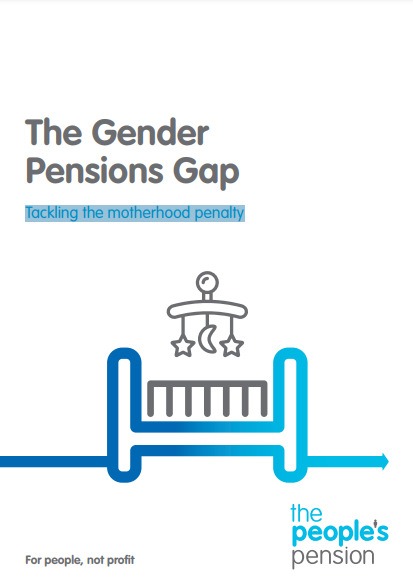Progressive Pensions as an Incentive for Labor Force Participation
By Fabian Kindermann, Veronika Pueschel In this paper, we challenge the conventional idea that an increase in the progressivity of old-age pensions unanimously distorts the labor supply decision of households. So far, the literature has argued that higher pension progressivity leads to more redistribution and insurance provision on the one hand, but increases implicit taxes and therefore distorts labor supply choices on the other. In contrast, we show that a well-designed reform of the pension system has the potential to...









